Announcer:
The following program is part of our “Here & Now” 2018 Wisconsin Vote election coverage.
Frederica Freyberg:
I’m Frederica Freyberg. Tonight on “Here & Now,” the latest on yet another soaking wet week in Wisconsin. A closer look at diversity in the workplace. An inside look at UW law students who provided legal help to immigrants in Texas. And a look ahead to the future of the Great Lakes compact ten years after its signing. It’s “Here & Now” for September 7.
Announcer:
Funding for “Here & Now” is provided, in part, by Friends of Wisconsin Public Television.
Frederica Freyberg:
Major flooding is still reported near the Baraboo River in Sauk County, though with dry weather prominent right now, water is starting to recede, again. We say that because the flooding receded earlier this week, only to come back.
Amber Halverson:
Not sure what to do next. Do you go back to your home? Do you let it go? All your stuff is gone.
Frederica Freyberg:
Amber Halverson sums it up for her neighbors in Reedsburg, inundated in a second round of flooding this week. The Baraboo River runs through the small city and it’s way out of its banks, raging way over flood stage.
Jeff Spencer:
This is a disaster. This whole side of the county along the Baraboo River is — it’s hit us pretty significant. As you can see. This is how it is in La Valle, Reedsburg, Rock Springs, North Freedom and into Baraboo.
Frederica Freyberg:
Sauk County Chief Deputy Sheriff Jeff Spencer toured the found zones midweek, confounded he says, by how the water had gone down after last week, only to rise again.
Jeff Spencer:
This one is acting different than what they’ve seen in the past. From what we’ve been told, the river’s been unpredictable.
Frederica Freyberg:
Because streets like this one had reopened. Flooded-out residents had started clean-up. It rained again, but still.
Beverly Starnes:
It receded and then they called us and said, “Ok, now move your cars. It’s happening all over again.” I went, “Oh.” And that’s kinda I think we all got even more anxiety.
Frederica Freyberg:
Beverly Starnes is not sure she’ll stay in her house. She says it’s just too much. But even in the worst of it, residents maintain touches of humor.
Frederica Freyberg:
And when you saw it was raining again, what was that like?
Man:
Start sandbagging.
Frederica Freyberg:
Sandbags, yes. This is what North Freedom along the Baraboo River in Sauk County looked like from the air this morning. By day’s end what is happening with flooding and river levels? Will more sandbagging be needed in the coming days? We turn to Andrew Mangham, who is a hydrologist with the National Oceanic and Atmospheric Administration. He works in the North-central River Forecast Center in Chanhassen, Minnesota where he joins us via Skype. Thanks for doing so.
Andrew Mangham:
Happy to do so.
Frederica Freyberg:
What is the latest with the Baraboo River and its levels?
Andrew Mangham:
Right, the Baraboo River is very high. We’re still in major flooding category at several points. It is, however, cresting right now and is expected to start going down this evening.
Frederica Freyberg:
So some people in Sauk County have described these conditions as very different from past floods, like two 100-year floods in a week. Are they right about that?
Andrew Mangham:
Well, what makes it 100-year flood is a bit of a complicated thing. However they’re not wrong. These were two very extreme events. The first event that happened was sparked by rainfall at the end of August. That was absolutely an historic event. We broke records at certain — not on the Baraboo but in the Kickapoo River — we broke records by as much as five feet. It was absolutely catastrophic. Then it was followed up almost exactly a week later by a second round of very heavy rain that fell right on these wet, flooded conditions and it caused a second event that was also very, very extreme. We went right back up into major flood category as well. I don’t have the exact numbers of what the 100-year flood looks like right there, but they’re probably not wrong.
Frederica Freyberg:
So where else in Wisconsin — I know you just mentioned the Kickapoo — so we’re looking at the Kickapoo and the Baraboo River but where else have there been major flooding concerns?
Andrew Mangham:
Right now the two other hot spots for flooding concerns are actually Madison, Wisconsin, where they got some very extreme rainfall right in the middle of the town. Unfortunately that then drains into the lakes and rises the lake levels to historically high levels. That’s a very slow-draining system so they’re going to be stuck with high water on the lakes for a while. We also had quite a bit of rain over the Rock River, which is where the lakes in Madison drain into, which is compounding the problem. So the Rock River is also in moderate to very strongly moderate flooding category as well. That river system goes south through Wisconsin all the way into Illinois, eventually draining into the Mississippi. And is flooding from top to bottom.
Frederica Freyberg:
So the slow-draining conditions in Madison are what explains how it — we haven’t had huge rains and yet they keep talking about the levels could kind of be coming up still.
Andrew Mangham:
Yeah. That’s absolutely right. We did have pretty big rains. We saw a 24-hour report from I believe right at Hilldale Mall in Madison that was right just under 11 inches in 24 hours. So that’s really extreme.
Frederica Freyberg:
Right.
Andrew Mangham:
That’s the rain that’s causing these lake levels to be high. This is what I mean by a slow-draining system. That rain went into the lakes and rose the levels. Then we had this other second round of rain that was fairly light, but it didn’t help anything. So, yeah, that slow-draining system is just holding the water right now.
Frederica Freyberg:
Really quickly, days ahead look better?
Andrew Mangham:
Yes. They absolutely do. We are in at least a dry spell for at least a week is what we’re looking at. That’s going to help definitely the rivers in Baraboo and the Kickapoo. Those are coming down and should return to safe levels and it’s also going to help the Rock.
Frederica Freyberg:
All right. Andrew Mangham, thank you so much.
Andrew Mangham:
You’re welcome.
Frederica Freyberg:
Now to another Wisconsin water topic and a forthcoming anniversary. Next month marks the 10-year anniversary of the Great Lakes Compact. The compact is a highly detailed water resource management document approved by Congress and signed by the governors of the nine Great Lakes states. The demand for Great Lakes water was on the rise a decade ago, but that was long before projects like Foxconn came over the horizon. Last spring the state DNR approved diverting millions of gallons of Lake Michigan water to be used at the Foxconn technology plant in Mount Pleasant. The approval has and will continue to test interpretations of the compact. Ron Seely is an environmental writer whose report is called “Can the Great Lakes Continue to Fend Off an Increasingly Thirsty World”? It’s running in the non-profit environmental magazine Ensia. Ron, thanks for being here.
Ron Seely:
It’s a pleasure.
Frederica Freyberg:
As to the Great Lakes Compact, is it working as designed?
Ron Seely:
Well, there are differing opinions on that. Largely the people who are involved, it was a five-year effort, of course, and this is the ten-year anniversary. It was signed ten years ago by George w. Bush. The people who were involved in putting that together, very complex effort, largely believe that it is working. People like Todd Ames, who is head of DNR’s division of water then, points out we now have a means to test these proposals like Foxconn which would remove seven million gallons a day from the lake. Without the compact, there wouldn’t be that discussion.
Frederica Freyberg:
But do diversions like the one for Foxconn represent a threat to the compact in some experts’ minds?
Ron Seely:
These diversions are mostly coming from within the basin or communities that straddle the basin. The real threat that prompted the creation of the compact were diversions that were proposed by dry states like Arizona. One of the things that prompted the creation of the compact was a proposal from a private company to ship Great Lakes water to Asia.
Frederica Freyberg:
Right.
Ron Seely:
Those have largely faded into the background, and people who have studied the compact and worked on it believe that is largely due to the compact, which doesn’t allow diversions from outside the basin.
Frederica Freyberg:
And yet in the circumstance where there’s kind of a global water shortage, which people anticipate there will be, does that doom the compact? Or is there a fear that it does?
Ron Seely:
I think that people, scholars who have looked at this, University of Saskatchewan has a really busy water program, and there are scholars there who have looked at this and believe there is a threat long-term simply because of climate, the scarcity of water. Many places around the world now, Cape Town, South Africa, for example. The more we enter into this period of drought and scarcity of water, people do believe that there are places that are going to turn to the Great Lakes. People are already asking why should we be able to lock up such a public resource when the rest of the world, large parts of the world are thirsty.
Frederica Freyberg:
What is the current health of the Great Lakes according to your reporting and the experts?
Ron Seely:
It’s a tremendous — first of all, it’s just a tremendous freshwater resource. It’s the largest freshwater resource in the world, holds 85% of North America’s freshwater, 21% of the world’s freshwater. The lakes are — Lake Superior is pristine. The lakes are clean. A lot of communities obviously rely on the lakes for the surface water for drinking water. So they’re a remarkable resource, and the people who put together this compact, some of the people I talked to who have studied the compact and followed it over the years have said that it was — it took a lot of foresight and was an important effort that we realized the value of this resource and did something before the threats become real.
Frederica Freyberg:
All right. Ron Seeley, thanks very much.
Ron Seely:
Sure.
Frederica Freyberg:
Now to a conversation we started on last week’s program and a closer look at diversity in the workplace. Now, that conversation last Friday was just getting good, or should we say really getting good, when time ran out. As just mentioned, we are talking about diversity and inclusion in the workplace. First, we ask why in self-described progressive Madison are people of color looking to move away?
Kwasi Obeng:
Madison can be a welcoming city, but then if we can’t answer as to why families choose to leave and do not feel comfortable being here just because they don’t see a whole lot of people advancing who look like them or whatever the case is, I mean that’s an issue.
Frederica Freyberg:
We kick off round two on this topic with Samba Baldeh, the Madison Common Council president, and Tania Ibarra, chair of the board of directors for the Latino Professionals Association. Thanks to both of you for being here again.
Samba Baldeh, Tania Ibarra:
Thank you for having us.
Frederica Freyberg:
So as to that question about Madison, does the culture of whiteness in this city, in our state, kind of deter people of color from coming here or staying here? First to you, Samba.
Samba Baldeh:
So I think it is more about belonging and being able to connect with the people that you interact with on a daily basis. Whether it’s at work, outside of work, if you are a family person, are your kids also connecting at school or after school? So all these things are one reason why the schools, the local government, communities, we are all interconnected in this diversity effort. And so if you interest talent to come to the city and so they can go to work and maybe find a little bit of diversity, but after work program, what is happening? So we all have to make sure not only are we working to diversity our workplaces, but even after that, what other services are being provided to our communities so that they feel that they belong. I mean, where do I go after work? I go to a bar, doesn’t look like myself. I go to an open space like the park, the programming is mainly geared towards, you know, the locals and things like that. So these are all issues, I believe, that takes people out of the city after they are being interested here. So I think this is where the city of Madison comes also, where we, the parks department, make sure that programming within the parks accommodates everybody. What are the services that public spaces do provide for people of color so that they go there and feel like this is also their community? But even after programming, what kind of businesses do we promote within the city? What services are we providing to individuals to be able to start businesses that really attract a different talent? We all live life differently. So we want to have those elements of the way we live life within our community. I think that is one reason why after a while people decide to move. Even if they go to school and in many cases also when you talk to people who are not here, they are feeling like looking at the numbers of what is really happening, this is not a community where I can feel I’m a part of. So there’s a lot of work that needs to be done from local government to state government to county government, but also to corporations and even our communities. In a community are they feeling left out? They also find a way to integrate into a community to the extent that we have a culture that is reflective of who we are and where we are coming from.
Frederica Freyberg:
Tania, that question to you as well.
Tania Ibarra:
I think it’s twofold. The first one which Samba covered very well is the sense of community and belonging into the area that you live and what is the meaning of life. You know, you can go to work 8:00 to 5:00, but then outside of that what does that mean? And within that, when you are part of a minority, what is my sense of community? And secondly, I think it’s also opportunities in terms of the workplace and how people get promoted or the growth of a person. This is actually a topic that’s very near to my heart because if I think about my cohort of Latino professionals, when I first came to Madison in 2006, there was probably only two who were still here. And I have great connections with the people who moved away. Chicago. I’ve been to visit them and where they moved to, Texas, all over the place. But I think it’s both. They move because of better opportunities for work and they may have felt stuck.
Frederica Freyberg:
What about this issue of Madison being so progressive and feeling so progressive and yet being a community that turns out not to be welcoming in the way of integrating people of color?
Tania Ibarra:
So I think what I like to think about is the difference of belief versus practice, right? We like to believe that we are welcoming, that we are open to other ideas, that we are open to other cultures and that we like to make everybody feel that they belong into our community. But then in practice what does that look like? You know, what does it mean to be an inclusive community? How do you welcome other points of view? And how do you get interest in other cultures? I think there’s a lot of — there is a lot of lack of comfort of entering discussions about different lifestyles, different cultures, like people are afraid to get curious because they don’t want to ask the wrong question, the wrong way. And so I think it’s that gap.
Frederica Freyberg:
So how do we fix that?
Samba Baldeh:
So also I think it also has to do with policy. So I think the city by itself, me and you and all the individuals who live in the city, are very liberal. How does that translate into diversifying our communities? It has to do with policies. It has to do with corporate initiatives and things like that for people to really feel like this community that calls itself diverse is actually diverse. So I think there are a couple of ways to fix it. City government must be open and be willing, for example, to have something in place that promotes this diversity. But at the same time retention, how do we keep these people when they come here? The other way corporations also have to find a way not only to bring in talent, but provide that environment where the talent, like she was saying earlier, promotion and development and all this kind of stuff.
Frederica Freyberg:
In fact, let’s take a listen to another piece of sound that we gathered in the field about this issue of people of color in the workplace and their ability to move up.
Yusra Murad:
Make sure that there are people from under-represented groups like in your spaces, in positions of leadership, not just the token, you know, brown person so that when — you know, when the photographers come, you can shove them to the front.
Frederica Freyberg:
So how do you change how people of color are able to climb the proverbial ladder?
Tania Ibarra:
So actually we focus on what’s at the top. But the reality is we have to look at the entire pipeline. So one of the first hardest things to do for anybody is to get that first supervisor/manager role. And the discrepancy starts that starts early in the career. So if we — if there is a study done every year that measures the pipeline, at the entry level you have the same amount of women, the same amount of men, and they also measure people of color in there. I invite everybody to go check it out. In the first cut, there is 134 men that get promoted over 100 women. The same discrepancy is managed for women of color and people of color. Then you get to the director level and go get to the executive level. So as you move from each step of the ladder, that pool gets smaller and we can’t expect to have the right representation at the top if we are not looking at what are we doing with that first promotion. Why do 34 more men get promoted or why do more white people get promoted proportionally?
Frederica Freyberg:
Very briefly, Samba, with just 20 seconds left, what’s your response to that idea of why this ladder to the top is restricted?
Samba Baldeh:
So I think a couple of things. For example, if you look at it from the city perspective, we have these labor laws or labor contracts that are out there. Say, for example, if me and you were to take an exam for a promotion and you’ve been there 20 years and I’m just coming this year. Let’s say I get 95, you get 85. But you get 20 points because you’ve been there for 20 years. So that alone gives you that many advantage. Even though you may be performing very poorly and on the exam, I’m the one who is performing better, but I still cannot get that position. So we have to find a way to break those barriers. So the other thing I think is in the corporate world, leadership must be very deliberate in picking people of color or minority groups into leadership. So what happen is my culture is different from your culture. So what you see as efficiency or lack of it is different from the way I see it. Sometimes we take this deliberate and move people forward and give them a chance. But sometimes it’s not only their performance, but how do they bring in other people to perform? Ii mean studies show that diverse communities perform better than communities that are not diverse or workforce that is not diverse. It’s got to be deliberate from a corporate perspective and city and local government must have to find ways to really break these barriers that prevent people of color or minority groups from moving up the ladder.
Frederica Freyberg:
Thank you again for this second conversation.
Tania Ibarra, Samba Baldeh:
Thank you.
Frederica Freyberg:
Now to national news and a Wisconsin connection to the ongoing challenges faced by U.S. immigrants, specifically immigrants in Texas, who are in need of legal help. A team of UW Law School students returned this week from Dilley, Texas, where they counseled immigrants facing court proceedings at the south Texas residential facility. Erin Barbato is the director of the Immigrant Justice Clinic at the UW Law School. She oversaw the work in Texas. Thanks very much for being here.
Erin Barbato:
Thanks for having me.
Frederica Freyberg:
So, as we said, you and your students worked at this facility that houses like 2,000 mothers and children mostly, and they are waiting, their interviews, called credible fear interviews, which they have to undergo to seek asylum in the U.S. What did you learn?
Erin Barbato:
I learned a lot on this trip, more than I anticipated. So there are up to 2400 beds for women and children at this facility. It’s the largest immigrant detention facility in the country. And what we learned is that there is a huge need for legal representation in a very tiny town in Texas near the border. We worked really long hours to help as many women as we could to work for their credible fear interviews.
Frederica Freyberg:
What find of credible fears did they describe to you?
Erin Barbato:
Really horrific, credible stories of violence that they experienced in home country, rape, murder of family members, threats to murder their children. It was incredibly intense what these women have– are fleeing.
Frederica Freyberg:
And how successful were you in helping them through this process on to the next step?
Erin Barbato:
We don’t necessarily know if they passed their credible fear interviews after we help them prepare because it takes up to seven days for them to receive their credible fear positive or credible fear negative finding. So we didn’t know necessarily if all the women we helped are now in the United States seeking asylum or if they’ve been deported to their home countries.
Frederica Freyberg:
So what is it like for the mothers and their children in these and other facilities in the U.S. waiting for word about whether they will in fact be deported or will be granted asylum?
Erin Barbato:
The conditions in one word are inhumane because these women are victims of abuse, torture, persecution. When they come to this country, they’re fleeing that persecution. Once they cross the border, then they’re placed in a jail. Well, family separation should never happen. Family detention also should never happen.
Frederica Freyberg:
So these facilities are more jail-like than they are shelter-like?
Erin Barbato:
They have no choice to leave. They are in uniforms or clothing provided by CoreCivic is the company, the private company that runs the facility. And yeah, they are not allowed to leave so it is what some people call a baby jail.
Frederica Freyberg:
And what are the numbers as to how many people, presumably many of them have these credible fears of returning, but how many of those people are granted asylum?
Erin Barbato:
I’m not sure what the exact number is in terms of how many of these women particularly at that facility then are successful in their asylum claims. But from the stories I heard, I would be pretty certain that most of them would be successful.
Frederica Freyberg:
Just very briefly, what should people in the United States know about this process that you know about?
Erin Barbato:
They should open their eyes, because right now this facility is far from the view of the public. I’m not sure if that’s on purpose or just because of the situation near the border. But if more people saw the conditions that these women and children were forced to live in and the lack of due process and access to legal representation, people would be irate.
Frederica Freyberg:
Erin Barbato, thanks very much.
Erin Barbato:
Thank you.
Frederica Freyberg:
Ahead of the general election, Wisconsin look will focus in on each of the state’s eight Congressional districts, starting with the Wisconsin first in the southeastern part of the state. The district is home to companies such as S.C. Johnson and InSinkErator. The median income is slightly higher than the state average. A half dozen public and private colleges are located there. Republican House Speaker Paul Ryan of Janesville was first elected the districts U.S. Rep in 1998. He’s retiring in November. The two major party candidates vying to fill the seat are Democrat Randy Bryce and Republican Bryan Steil. Steil currently serves on the UW Board of Regents and is a former aide to Ryan. Bryce is an Army veteran and an ironworker. Independent candidate Ken Yorgan is also on the ballot.
Election coverage continues next week when Tony Evers, the Democrat running for governor will be here. Mark your calendars for Friday night, October 12, for a Wisconsin Public Television and Wisconsin Public Radio Attorney General Candidate Debate happens. Democratic candidate Josh Kaul and incumbent Republican Brad Schimel have confirmed their participation in our one-hour debate that begins at 7:30 immediately after “Washington Week.” I’m Frederica Freyberg. Have a great weekend.
Announcer:
Funding for “Here & Now” is provided, in part, by Friends of Wisconsin Public Television.
For more information on “Here & Now’s” 2018 election coverage, go to WisconsinVote.org.
Search Episodes
News Stories from PBS Wisconsin

Donate to sign up. Activate and sign in to Passport. It's that easy to help PBS Wisconsin serve your community through media that educates, inspires, and entertains.
Make your membership gift today
Only for new users: Activate Passport using your code or email address
Already a member?
Look up my account
Need some help? Go to FAQ or visit PBS Passport Help
Need help accessing PBS Wisconsin anywhere?

Online Access | Platform & Device Access | Cable or Satellite Access | Over-The-Air Access
Visit Access Guide
Need help accessing PBS Wisconsin anywhere?

Visit Our
Live TV Access Guide
Online AccessPlatform & Device Access
Cable or Satellite Access
Over-The-Air Access
Visit Access Guide
 Passport
Passport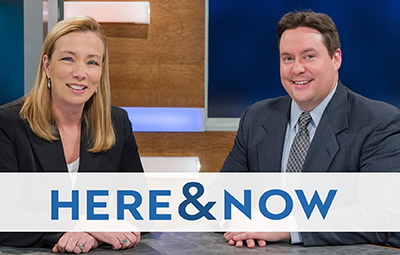


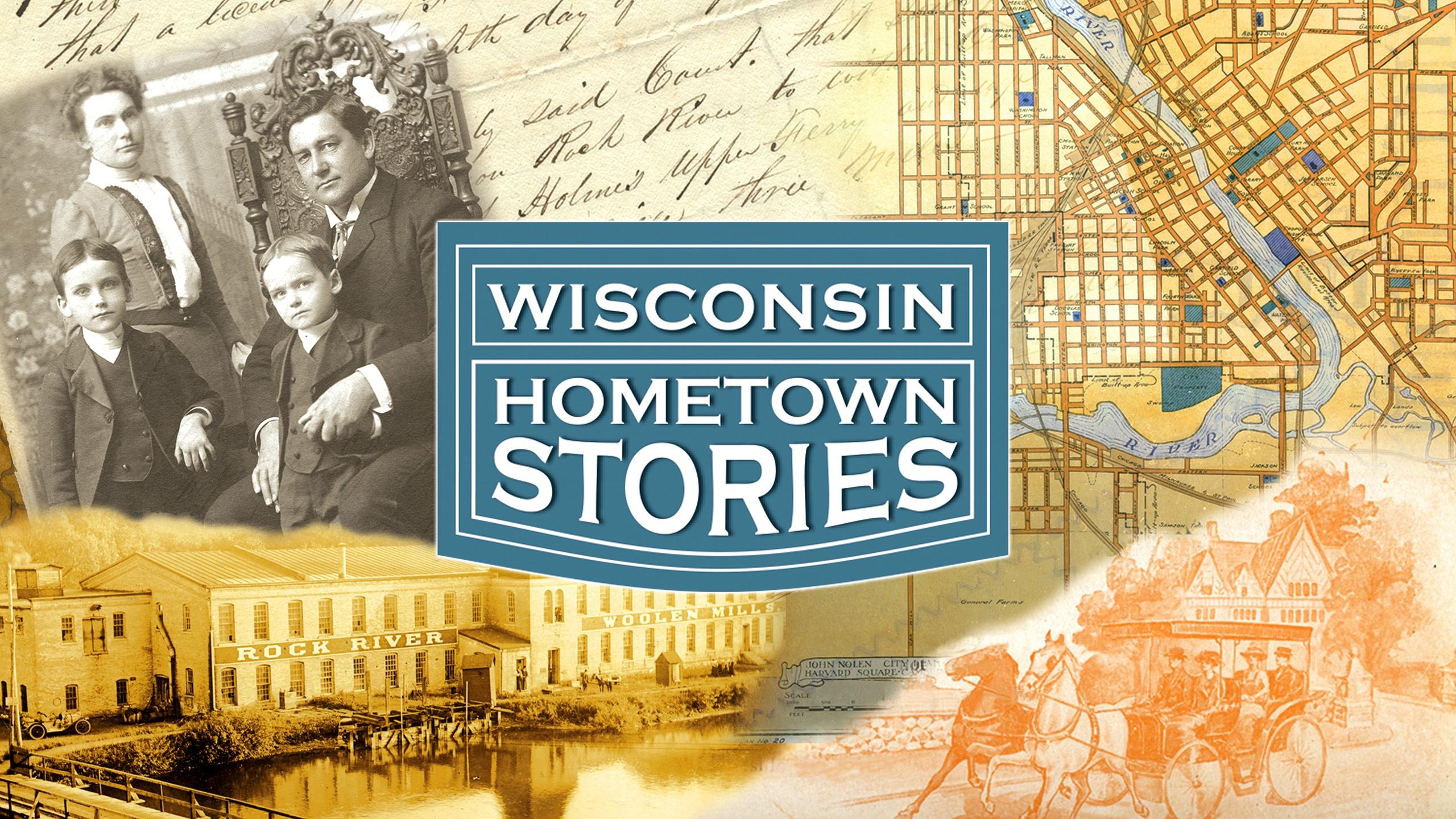


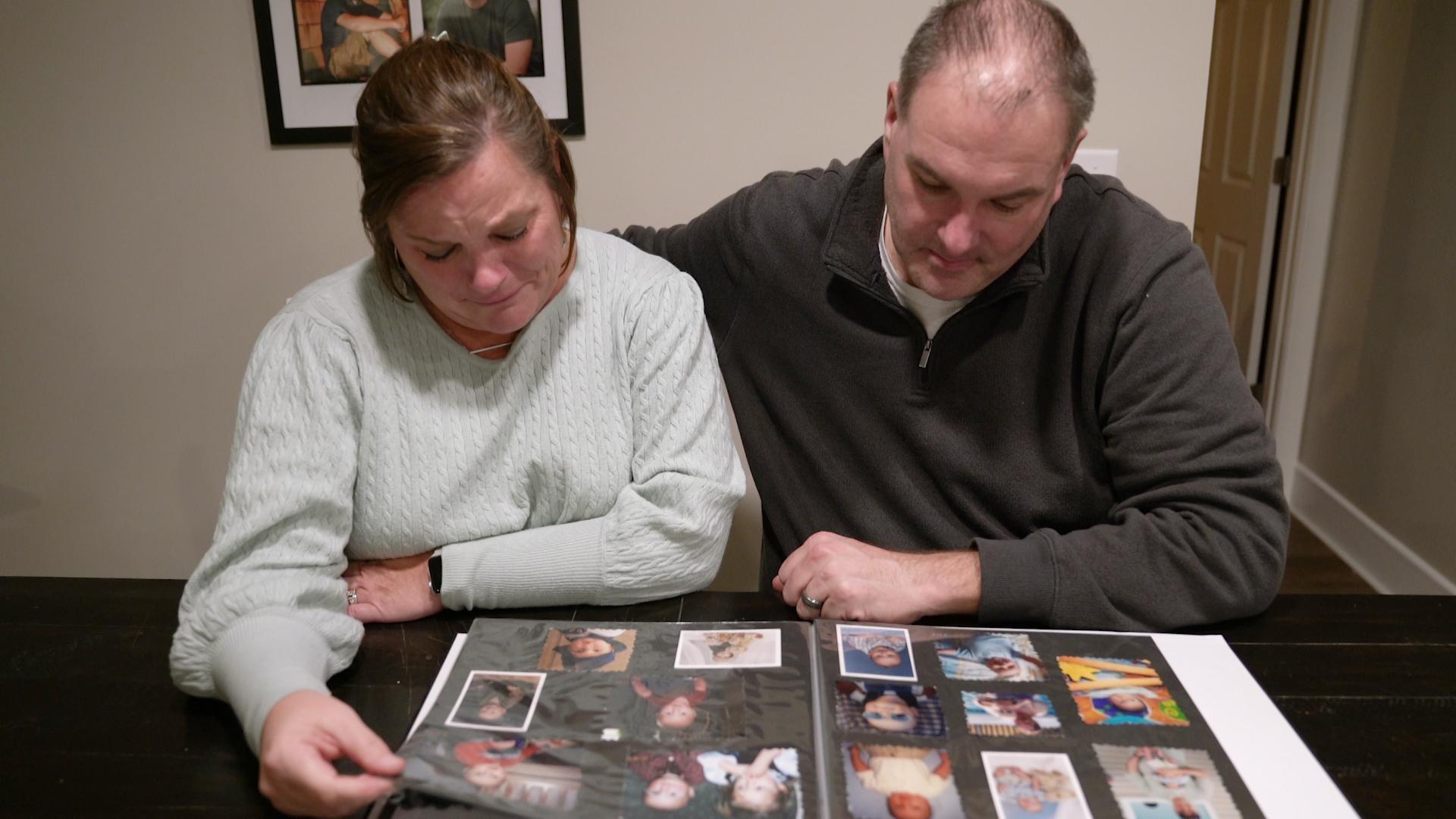
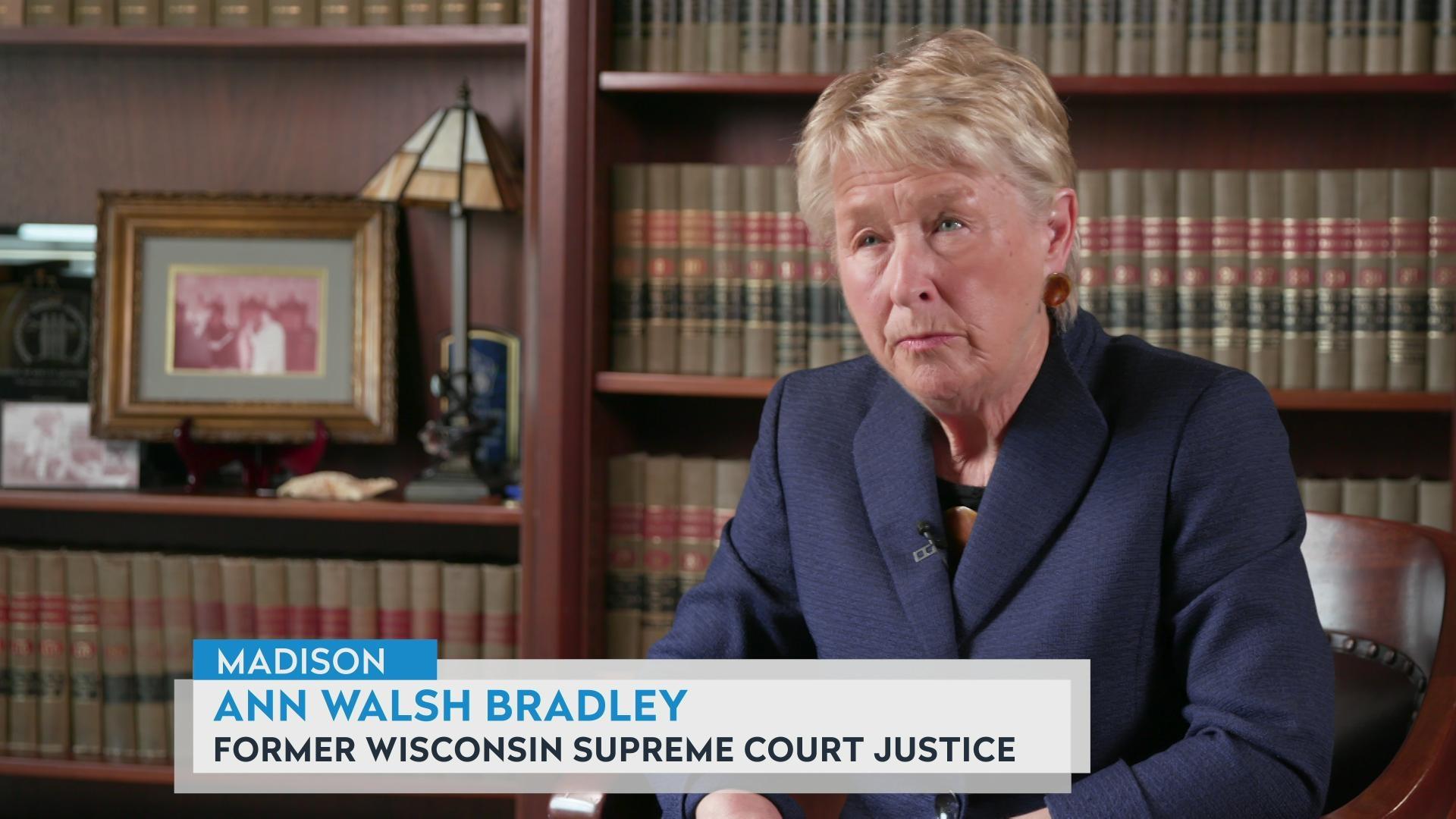
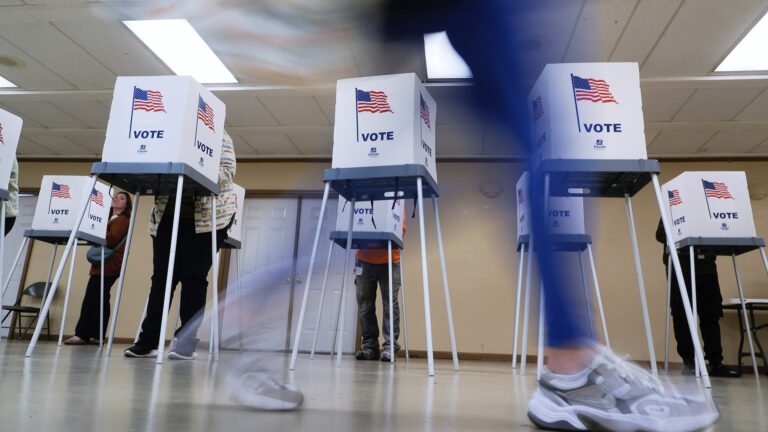
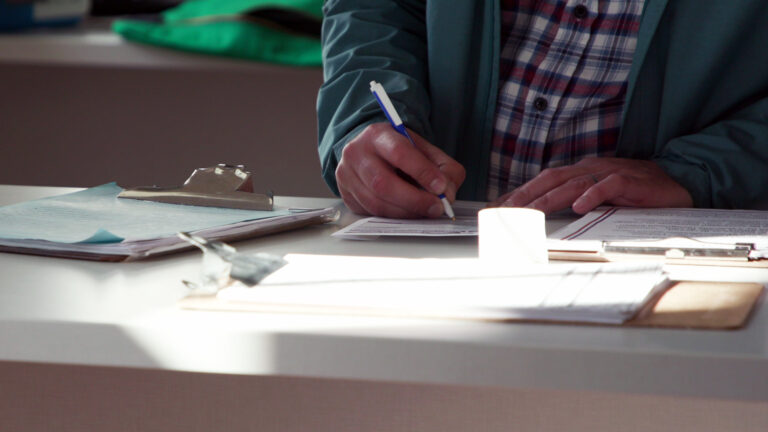
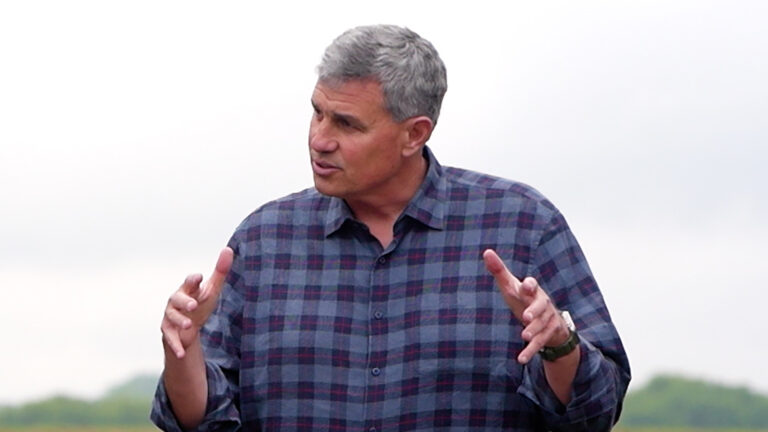
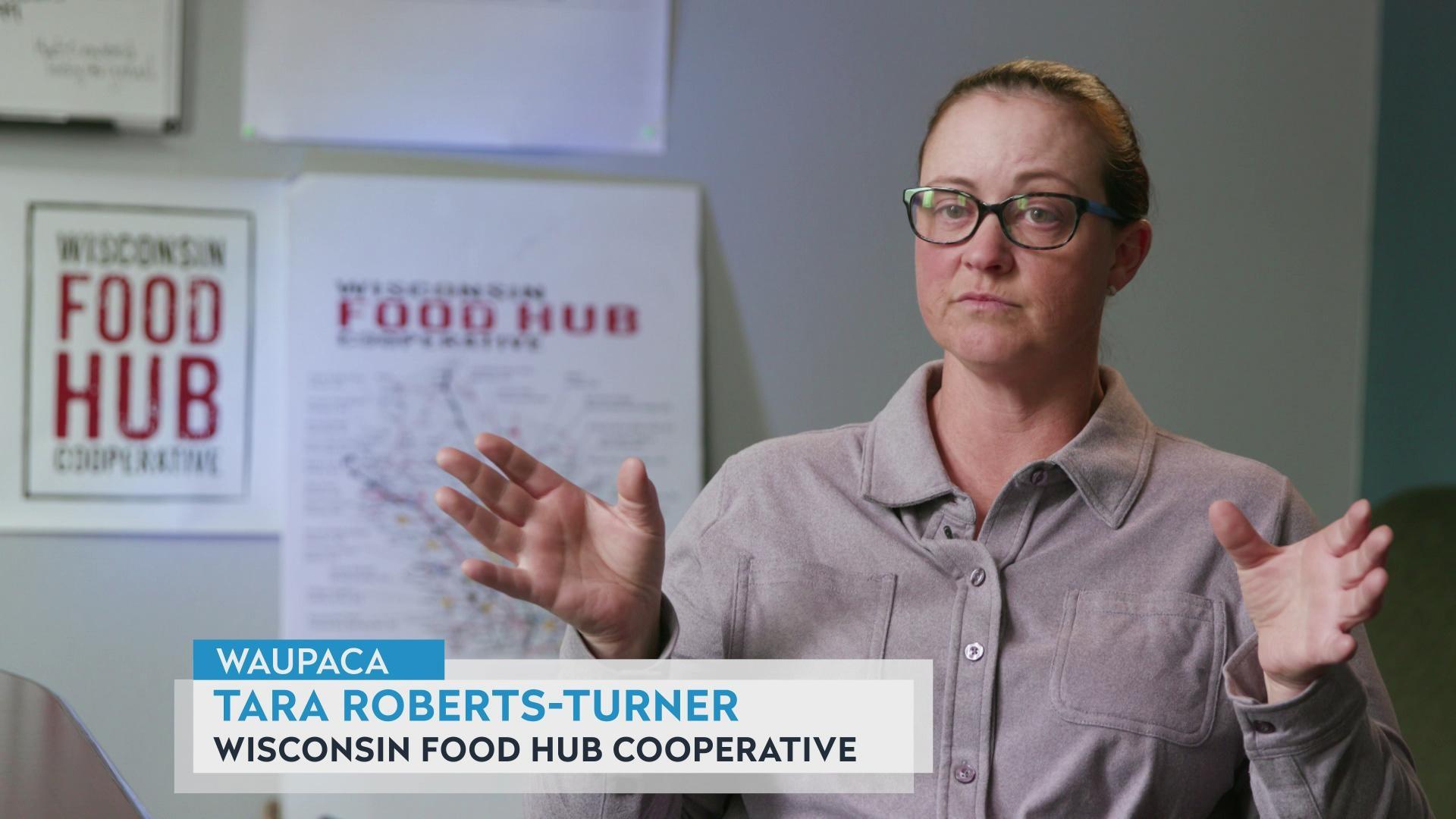
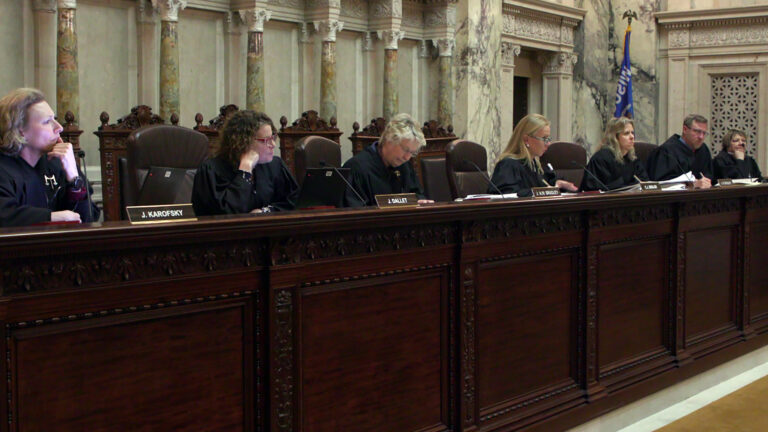
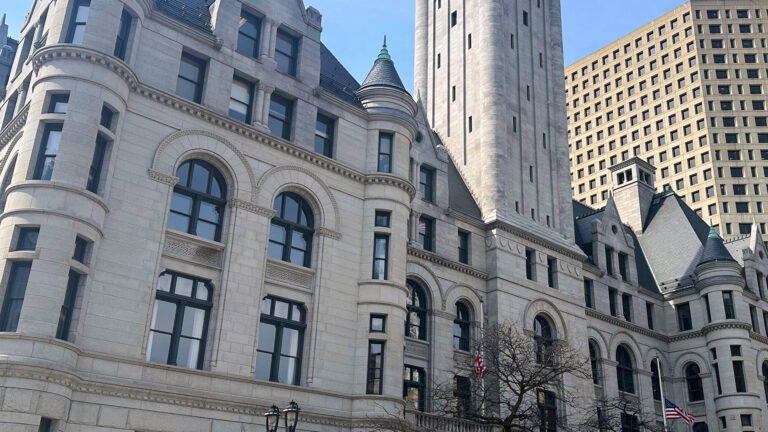
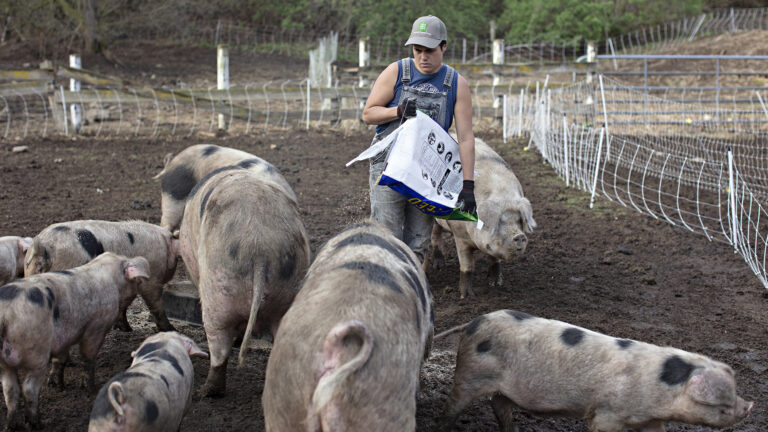
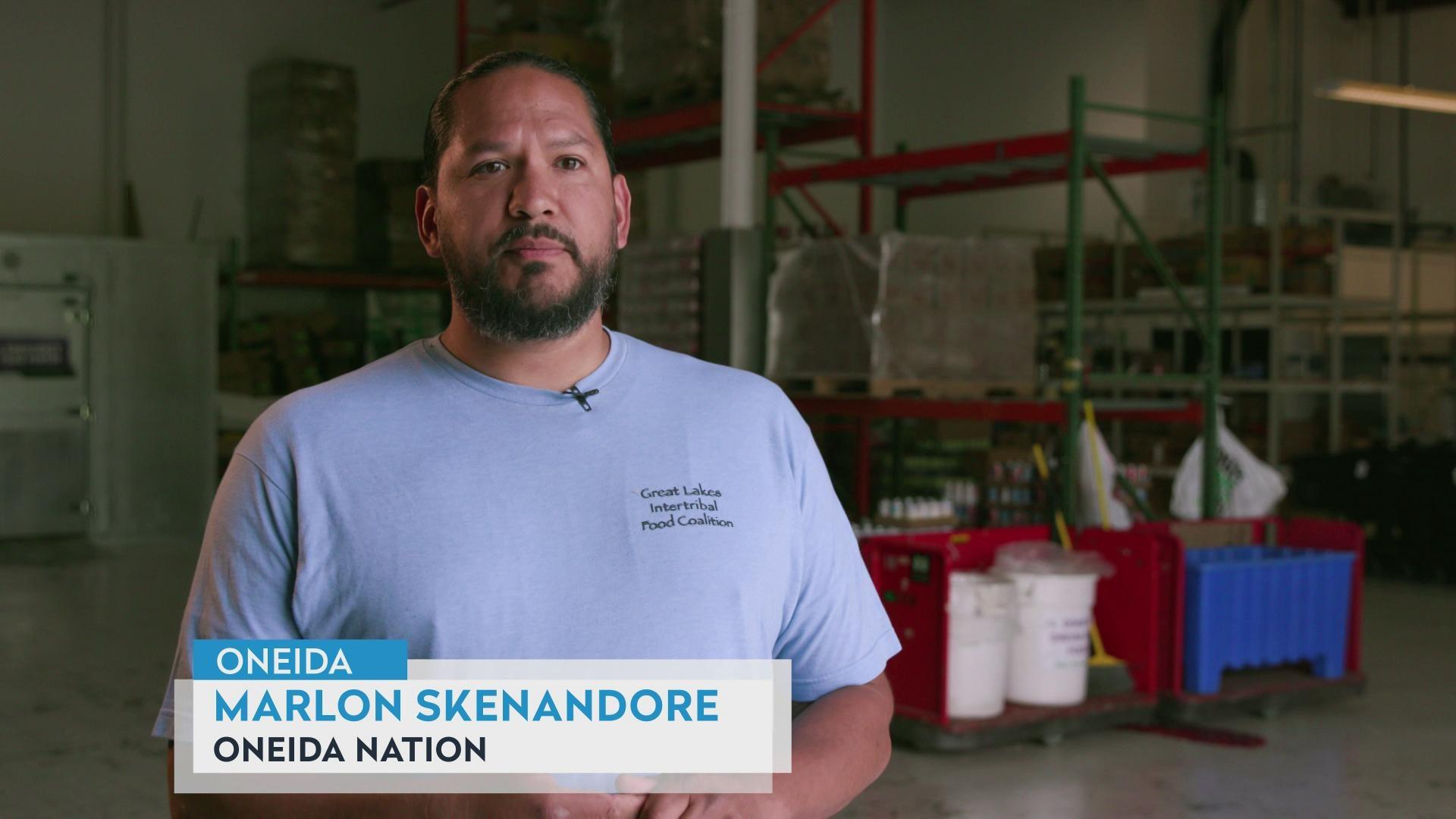
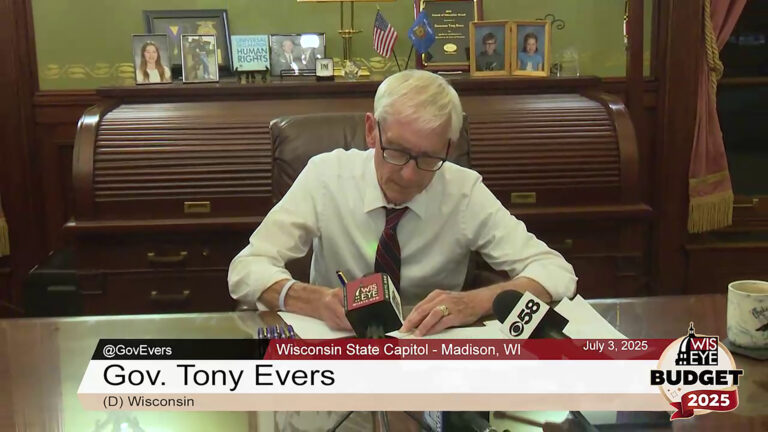
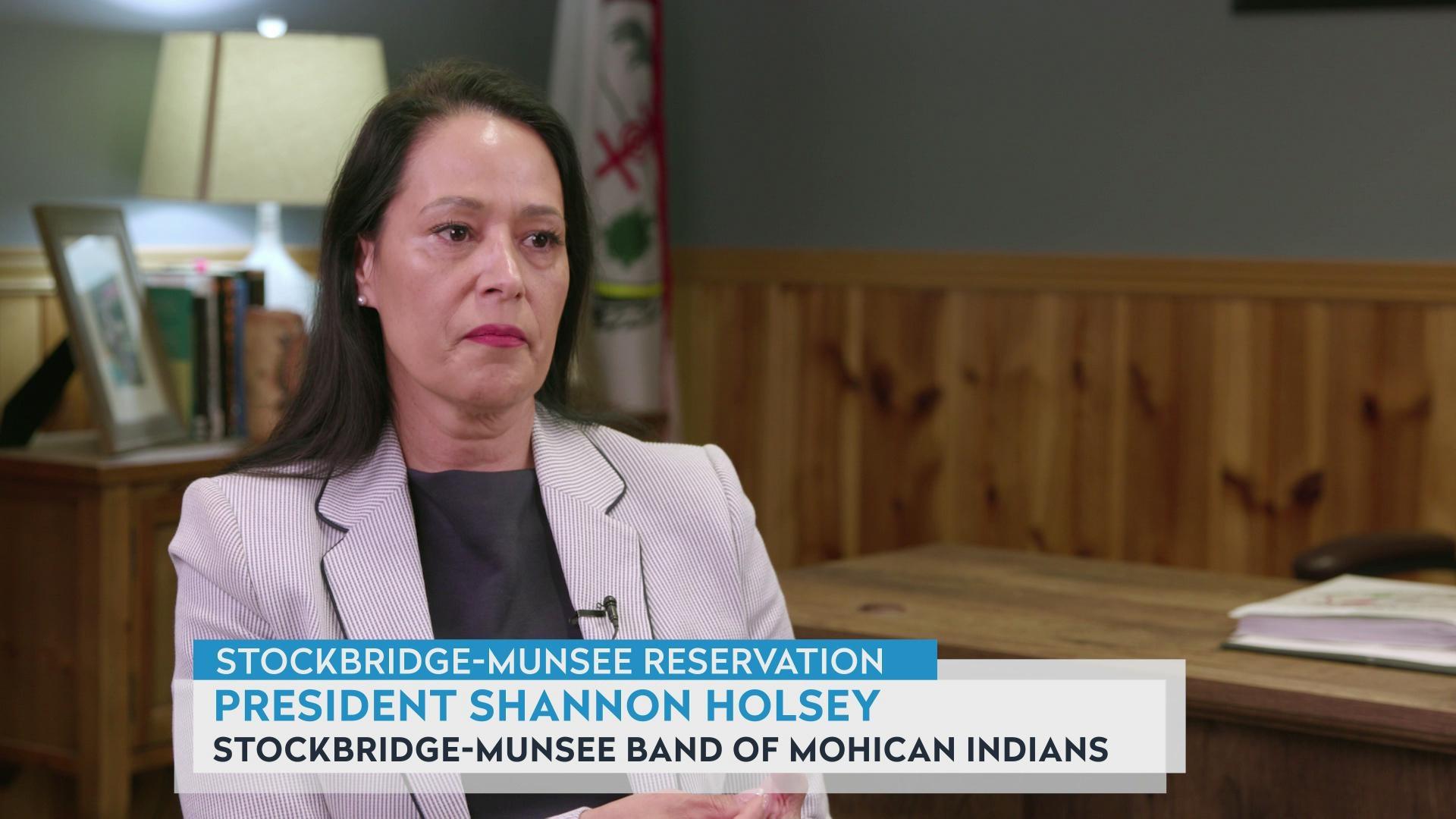

Follow Us